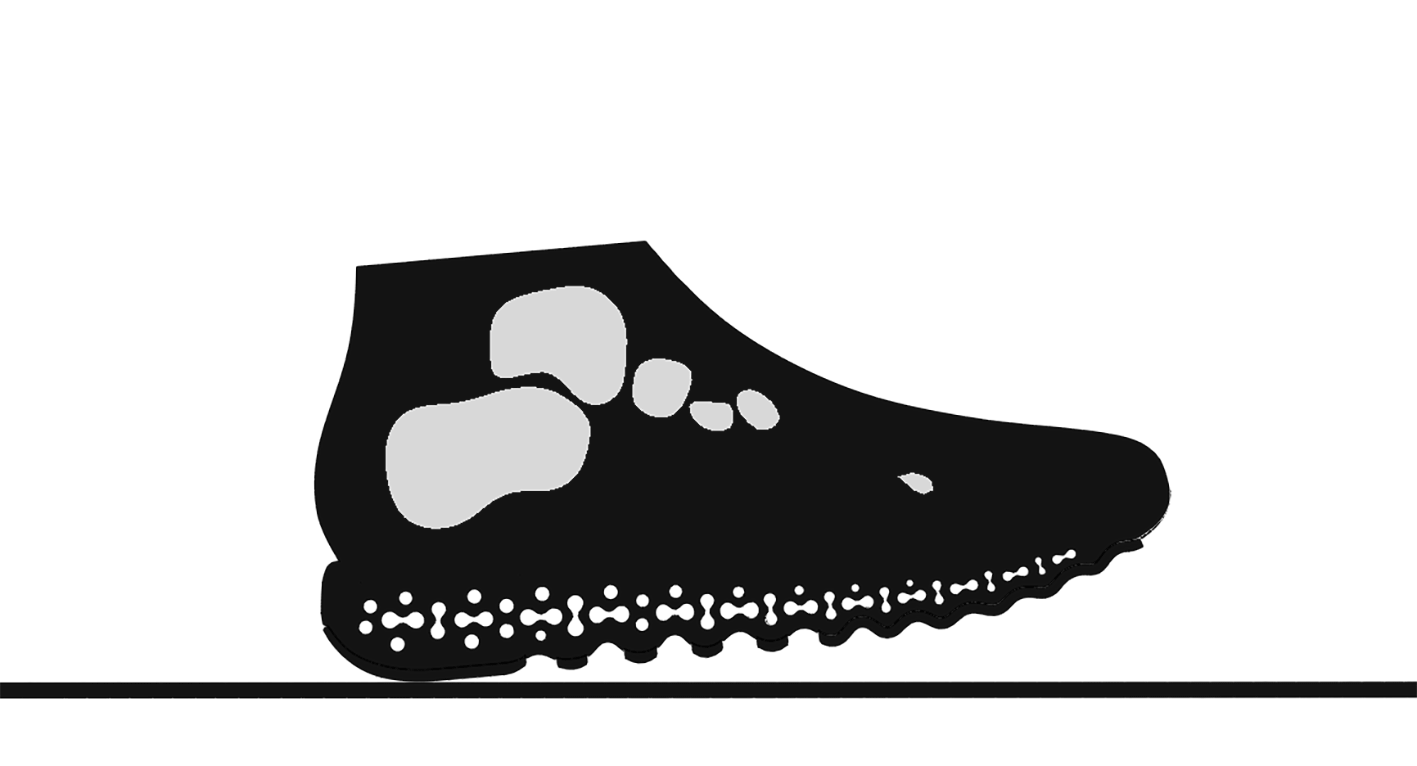MIT Design Lab
During my time at MIT Design Lab, I contributed to different projects mainly as a computational designer. In the project “Calibrate runner”, I joined the team in the last part of the process in which my principal contribution was the refinement of the FEA simulation by bringing full-in my engineering skills and previous experiences working in energy absorption and crash impacts at my time in Ford Motor Company.




In this project, I realized that could be a different way of calculating the stresses and deformations of the midsole with finite element analysis. So, I develop a new step within the existent workflow of the virtual design-simulation-prototyping. The principal game-changer was the modification from 2D FEA into a 3D simulation environment capable of analyzing the full phenomena of the midsole, getting more accurate results that would help its design and manufacturing.




Throughout the project of running and basketball, I use a lot of qualitative and quantitative data, for example, plantar distribution and ground reaction forces. This process took a lot of back and forward iterations, just to create this new set-up environment capable of giving accurate results. I probably went through hundreds or even thousands of simulations to finally arrive at the desirable set-up.
Some of the biggest challenges in setting this simulation environment up were: the definition of hyperelastic and hyperfoam materials into the FEA software, add all the biomechanical constraints and consideration necessary to make sense of the simulation, and the creation of a 3D mesh capable of detecting the pattern behavior with good accuracy.
This change also helped to speed up the design process, because now was possible to test in a fast and dynamic way different pattern configurations.

 Finally, I contribuited with 3D printing protoypes and another sport versions of Xetic technology, you can find more details in the following link.
Finally, I contribuited with 3D printing protoypes and another sport versions of Xetic technology, you can find more details in the following link.

https://design.mit.edu/projects/puma-auxetic-recurve-midsole